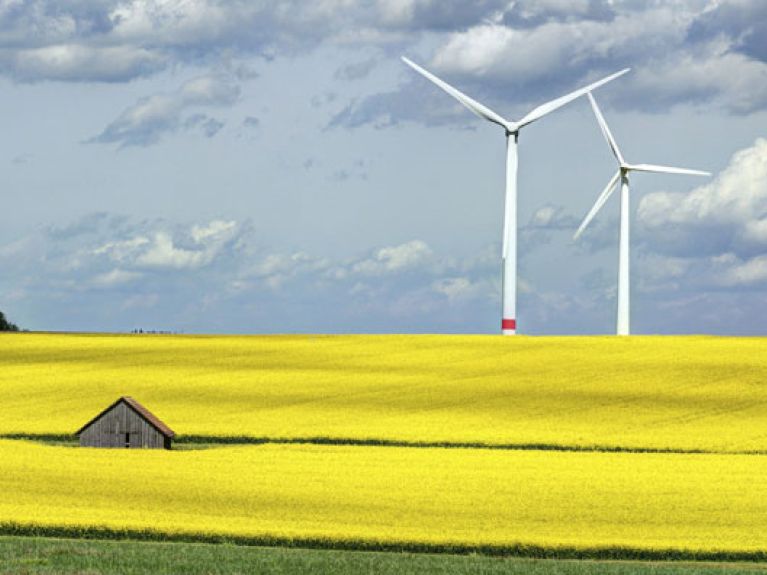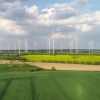From the anti-nuclear movement to the energy transition
The Chernobyl disaster 35 years ago strengthened the anti-nuclear movement and smoothed the way to the energy transition.

Thirtyfive years ago, on 26 April 1986, the reactor in Chernobyl exploded and Germany learned a new concept: the greatest supposed accident, or GSA, was no longer simply a theoretical scenario or a political battle cry of active nuclear opponents since the 1970s; it became a palpable reality for everyone. According to survey statistics, more than half the people in Germany felt personally very threatened after Chernobyl, and the numbers of nuclear power opponents in Germany rose from around one tenth to almost one third of the population. The social consensus on what was once highly acclaimed as ‘clean nuclear power’ crumbled, and demands for the phasing-out of nuclear energy grew louder. Politicians from all parties gave their assurances that they wanted to reduce the proportion of nuclear power in the energy supply. At that time it was almost one third. Nevertheless, the Chernobyl disaster did not immediately spark a complete change in energy policy thinking.
Fukushima triggered the energy turnaround decision
Another 25 years had to pass before the change was actually initiated by another wake-up call – the catastrophic meltdown in Fukushima. Four days after the disaster on 11 March 2011, Federal Chancellor Angela Merkel immediately removed seven of the oldest nuclear power stations from the energy supply grid. One year later the Bundestag decided by a large majority to finally phase out nuclear power by the year 2022. Patrick Graichen, Director of the ‘Agora Energiewende’, sums it up: “The transition from nuclear power is running according to plan. Up to now the proportion of renewable energies has almost doubled, the security of the electricity supply has improved even more and the large cost increases involved in expanding renewable energies are a thing of the past.” An interactive chart on the Agora website lets you explore developments from the year 2000 to 2023. A click on the timeline’s last atomic symbol indicates the shutdown of the last nuclear power station, by which time the renewables, such as wind and solar energy, will have long since reached previous capacity levels.

